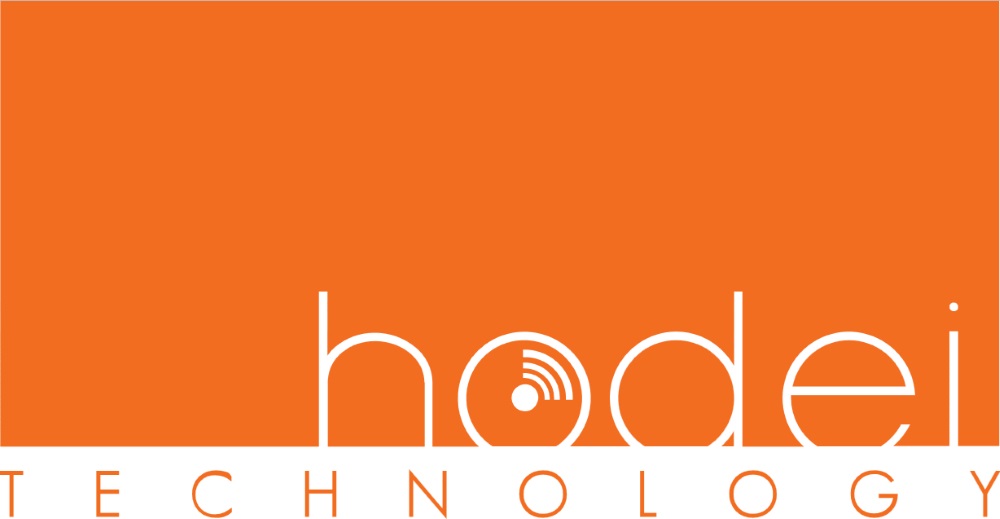We have talked a lot about the dark chapter in AR when we reviewed projects that took Google Glass as their stalwart and, well, you know what happened. But to us, Google Glass is still up there with Microsoft HoloLens as one of the most promising devices in the Augmented Reality world, which is why we were so sad when this project didn’t come to fruition. Now, with the introduction of this new generation of Google Glass, an exciting window has opened – especially when we take into account that the original glass designers have taken every single criticism to heart and are now introducing us to Glass Enterprise Edition.

Glass is making some big waves around the tech world right now, and we believe that’s great for the industry! But, it’s Hodei Technology (Indianapolis, US) who is bringing Glass back to healthcare by implementing it as a surgeon’s teaching tool that facilitates communication and collaboration by designing it to be used directly for telemedicine purposes. These two pathways are being established through two different innovative applications: Ikasi and Gemini, respectively.

IKASI, is defined on the HODEI website as ‘a multi-feed, first-person POV™ technology, designed to provide a highly mobile, HIPAA compliant, real-time, two-way audiovisual, multi-participant platform for remote coaching, mentoring and training.’ IKASI is already in use and in active development around surgical centers in the United States being polished to be used for the training of new surgeons, but also as a collaborative tool for surgeons in the middle of an operation. For instance, having a surgery and being able to consult with a more experienced physician, or having him take a look in real time and being able to provide his insight intraoperatively, that’s IKASI’s forte.

GEMINI on the other hand, is defined by HODEI also as a ‘first-person POV™ technology, designed to provide a highly mobile, HIPAA compliant, real-time two-way audiovisual collaboration tool that can be used by medical professionals to oversee or direct care in rural, remote or mobile settings.’ What the difference between the two is that GEMINI is a platform that can be used through any laptop or tablet, allowing it to be more flexible for telemedicine purposes, since it’s basically aimed at filling telepresence needs.

Now, both of these applications seem interesting, but we’d love to have a hands on experience with both specifically to differentiate them, since it could be very confusing to anyone. The reintroduction of Glass brings a positive light about it, with the intention of bringing telemedicine into austere environments such as rural zones, prisons, long term care or even palliative care centers a possibility even when there’s no actual physician in the area, making it a great step forward in bringing healthcare to everyone.
Please let us know your thoughts in the comments section!








